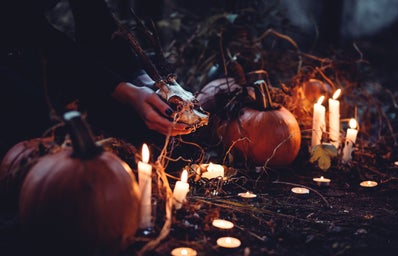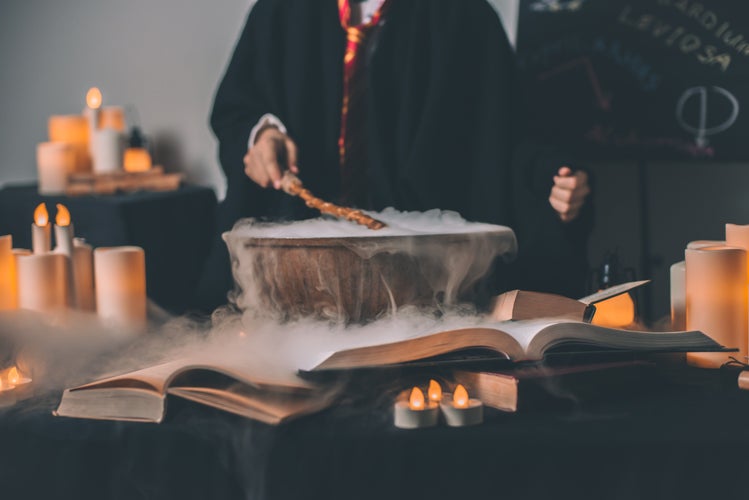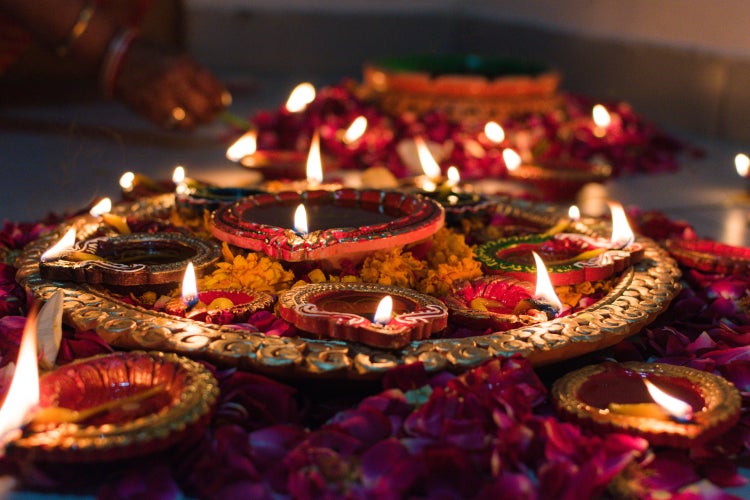Every Halloween, witchcraft, and spirituality gain an abundance of recognition and admiration from the public. As the misinformed, and arguably short-lived fascination of witchcraft comes and goes each year, it is crucial to take advantage of their admiration to educate and inform society on the detrimental stereotypes regarding divination. It is important to understand that witchcraft isn’t only for October 31st anymore and that it is a major contribution to the lifestyles of many communities across the globe. Analyzing the basics of closed and open practices and honoring the roots of stolen spirituality can aid in creating a safe and virtuous community that encourages practicing.
What is a Closed Practice?
There have been a lot of harmful misconceptions about what constitutes a “closed practice” within spirituality. Simply put, a closed practice in witchcraft and the Occult refers to a practice in which you can only take part in their craft if you were specifically born into the practice, or went through an initiation process. One of the most common fallacies regarding closed practices is that if you weren’t initially born into the community, you will never be able to practice, which can be the case in a variety of instances, but there are some exceptions. It is essential to note that these practices are closed until the individual is vetted and the designated initiation process has been completed.
There is always a cause for some religions to be closed. Some reasons may include that it is founded on specific cultural values and beliefs that would never be understood by outsiders who were not truly immersed in the community. Brujería and Santería are examples of this.
Closed Communities and Race Locked Spirituality
While it is critical to analyze specific practices within some religions, it is even more vital to address, on a larger scale, how entire communities can be closed. Differentiating between closed communities and closed practices reduces the likelihood of gatekeeping and reinforced marginalization. Some closed communities include the Amish, the Roma, Judaism (along with their type of mysticism, Kabbalah), Hoodoo, and Haitian Vodou. A reason a variety of communities may close their practices is that they are deemed as “race locked”, indicating that these communities were created as an attempt to unify together during times of hardship, with their beliefs formed around their shared experiences.
Region Locked Religion
While some faiths may be closed due to being “race locked”, there are also religions that are closed because they are considered “region locked”. This means that they are closed because they are based on values specific to that location. Many times, these values are centered around local elements that would not make sense to someone who was from outside that location. This is the reason that some (but definitely not all!) small Shintō sects are examined as closed.
Poached Practices
Due to the widespread amount of misinformation emphasized by ignorant users on the internet, there has been an outstanding increase in Native cultural appropriation and inappropriate use of Indigenous spirituality. There is a multitude of sacred Indigenous practices that are considered closed, such as white sage smudging and the use of palo santo. Because marginalized groups were historically mistreated and often persecuted for their beliefs in order to survive, it was necessary for these communities to close their religion to outsiders. As closed rituals like smudging gain attention, the supply of sacred herbs designated for Indigenous communities becomes endangered. Not only does the environment suffer from the colonizer’s capitalist profits, but so does the sanctity of the Native practice. Looking into safe, effective, and respectful alternatives for smoke cleansing is a wonderful way to show direct acknowledgment for those who sacrificed their livelihood for spiritual freedom.
How to Practice Respectfully
The best way to learn about ethical practices is to thoroughly research the history and origins of modern witchcraft. While it sounds tedious, it is one of the many responsibilities that are associated with appreciating the practice. Much of contemporary spirituality, like Wicca, borrow information and exchange ideas and intentions from various different cultures, and understanding the history of these roots helps identify whether this is being done consensually and courteously. While components of spirituality may just be a trend now, at the end of the day, these practices are embedded into centuries of historical values, and we owe it to those who created the craft to treat them with high regard.




